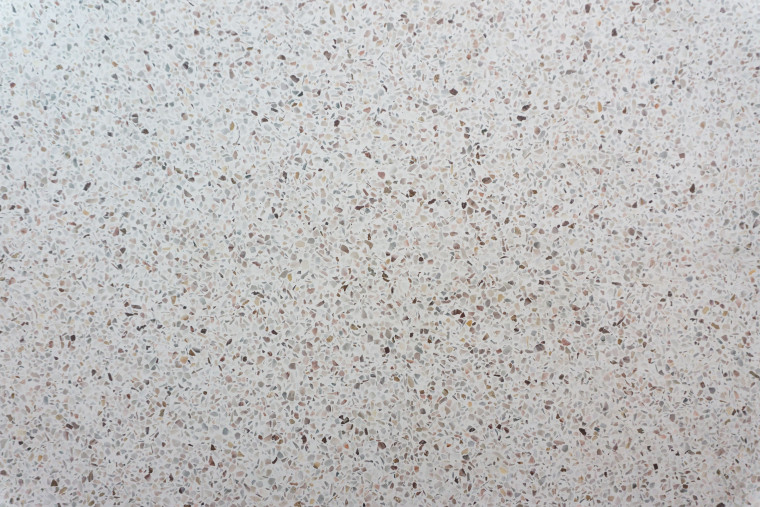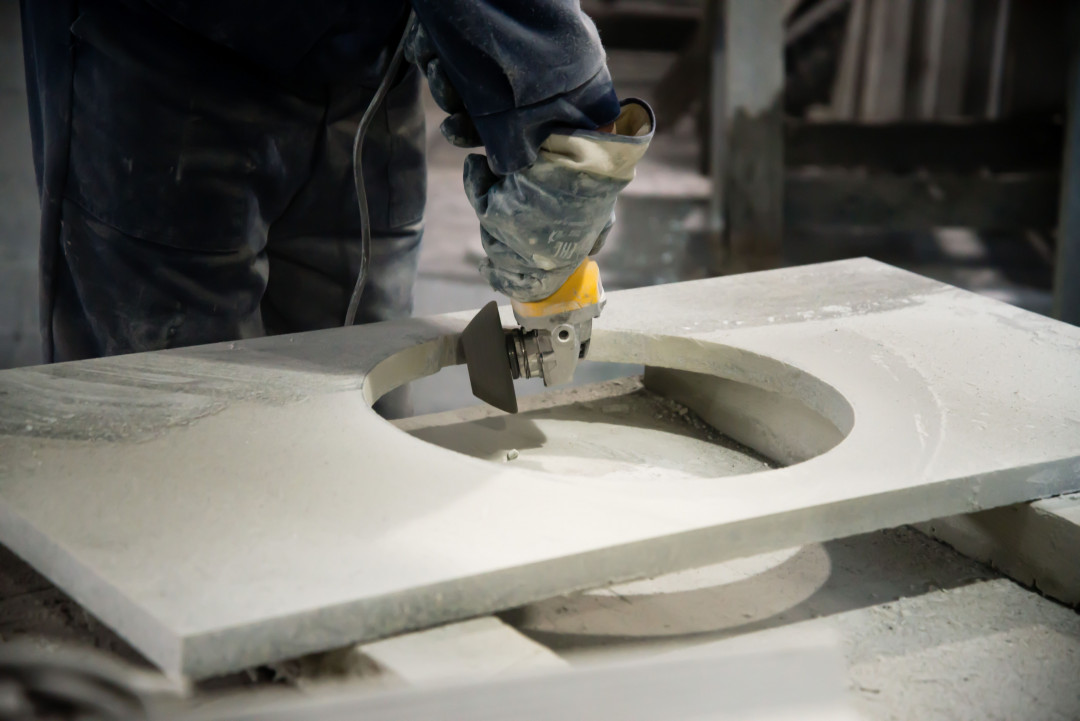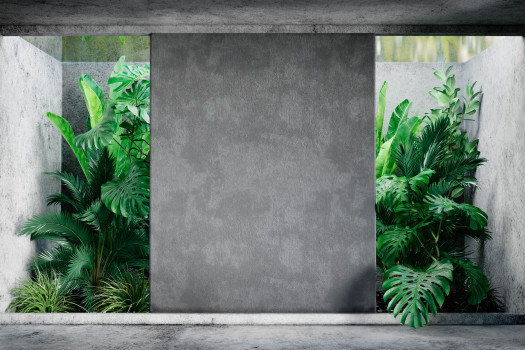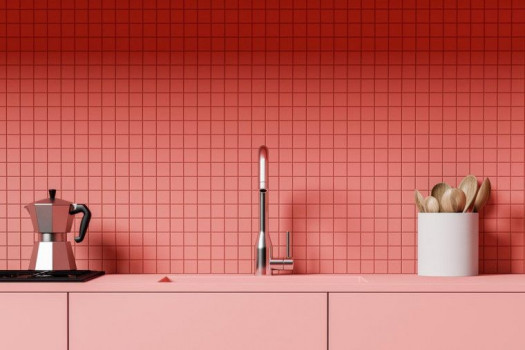Engineered Stone Benchtops Ban in Australia: Prioritising Health and Safety




In recent years, Australia has grappled with a growing concern regarding the health risks associated with engineered stone products. Engineered stone, a popular choice for kitchen and bathroom benchtops due to its durability and aesthetic appeal, contains a high concentration of crystalline silica - a substance known to pose severe health hazards when inhaled.
The mining, cutting, and processing of engineered stone releases crystalline silica particles into the air. Prolonged exposure to these particles can lead to serious respiratory issues, including silicosis—a debilitating lung disease with no known cure.
The ban on the use, supply and manufacture of engineered stone will take effect in the majority of states and territories, from 1 July 2024.
The ban on certain types of engineered stone in Australia will have a notable impact on the architectural space, influencing design choices, material selection, and construction practices within the industry. The architectural space, both in residential and commercial settings, will experience shifts and adaptations in response to this regulatory change.
What is Engineered Stone?
Engineered stone, also known as agglomerate stone or synthetic stone, is a composite material created by combining crushed stone, usually quartz crystals or other minerals, with a resin binder. This combination is then moulded and subjected to high pressure and heat to create a solid, durable surface. The result is a product that mimics the appearance of natural stone, such as granite or marble, but with enhanced qualities and versatility.
The primary components of engineered stone include crushed natural stones or minerals, typically quartz, along with resins, polymers, and pigments. The ratio of these components may vary among different manufacturers, allowing for a range of colours, patterns, and textures. The manufacturing process results in a material that is uniform in appearance and offers consistent quality.
Why Australia is Banning Engineered Stone: The Ban's Justification
The primary motivation behind the ban on engineered stone in Australia is to mitigate the alarming increase in silicosis cases among workers.
In a 2015 incident involving engineered stone exposed an Australian worker to silicosis, a deadly lung illness brought on by silica dust inhalation. With regard to the material, this was the first case that was documented.
Numerous examples have been found in the hundreds since. Workers in the engineered stone industry develop silicosis at a "disproportionate" rate compared to other sectors.
Compared to silicosis sufferers in other industries, engineers who work with stone have a greater fatality rate, a faster rate of disease development, and a faster rate of illness onset.

What is Silicosis and Occupational Hazard in the Stone Fabrication Industry?
Silicosis is a progressive disease that can develop even after short-term exposure to high levels of crystalline silica dust. Particles of silica can enter the lungs deeply by inhalation, causing inflammation and scarring. This scarring has the potential to deteriorate lung function over time, leading to symptoms including coughing, dyspnea, and chest pain. Severe instances of silicosis might raise the chance of developing tuberculosis and cause respiratory failure.
This condition not only affects workers directly involved in stone cutting and fabrication but also poses risks to individuals exposed to dust particles indirectly, such as through contact with contaminated work clothing or surfaces.
How does this impact the Australian architectural space?
Architects and designers are re-evaluating safer alternatives to engineered stone for countertops, wall cladding, and other surfaces where engineered stone was commonly used. This shift has led to a reimagining of interior aesthetics, encouraging exploration and incorporation of alternative materials that comply with safety regulations while meeting design preferences.
The ban has prompted for alternatives of engineered stone with lower silica content, such as natural stone, quartzite, porcelain, and composite materials. Architects are exploring the diverse aesthetic possibilities offered by these alternatives and their compatibility with various architectural styles and design concepts. While these options might require adjustments in cost and design preferences, they offer a safer choice for both workers and consumers. An often overlooked alternative to engineered Stone is Solid Surface, a durable, Silica and polyester-free surface. Austaron Surfaces collection of colours created by Staron provides a safe surface solution.
The decision to restrict engineered stone has spurred innovation within the architectural space. Designers and manufacturers are investing in research and development to create new materials or improve existing ones, focusing on safety without compromising on visual appeal and functionality. This drive for innovation has resulted in the emergence of novel solutions that cater to both design and safety considerations.
The Way Forward
While the ban initially posed challenges, it has sparked a transformation in the architectural space. This shift towards safer materials not only addresses immediate health concerns but also has the potential to reshape architectural trends in the long run. It encourages a more sustainable approach to design, emphasising the importance of health and well-being in the built environment.




 Indonesia
Indonesia
 New Zealand
New Zealand
 Philippines
Philippines
 Hongkong
Hongkong
 Singapore
Singapore
 Malaysia
Malaysia







